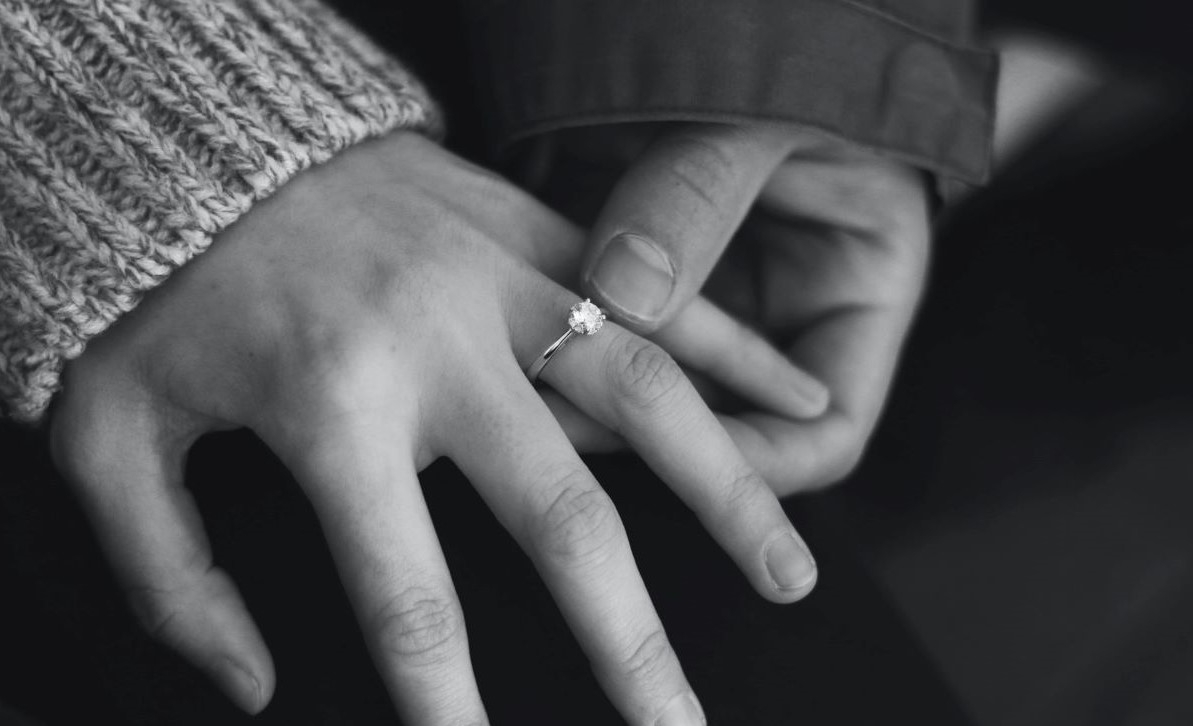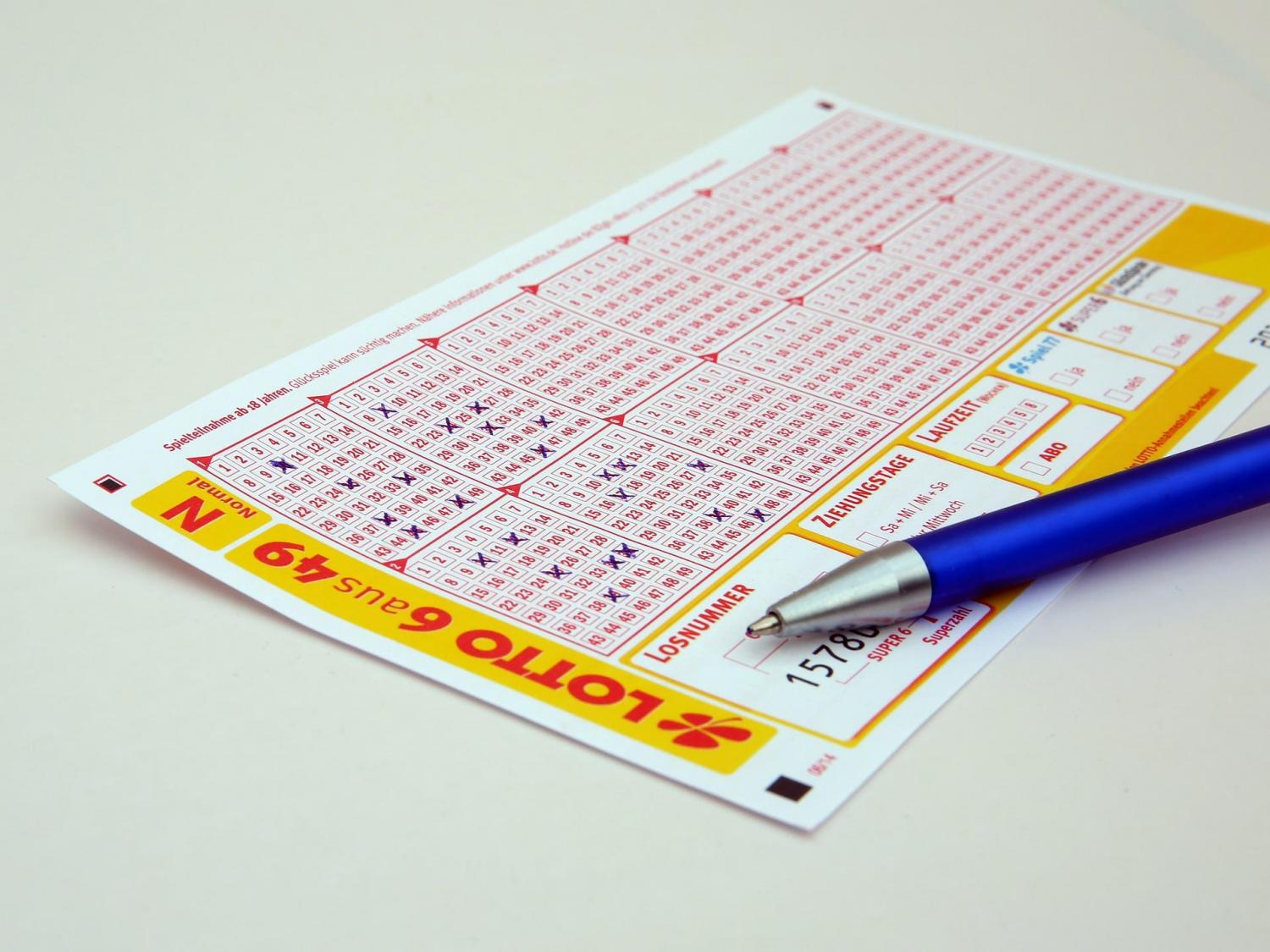
A Guide to Choosing the Right Diamond Shape
If you are thinking of popping the question soon, the thought of accompanying your proposal with a diamond engagement ring can be daunting. Price tag aside, trying to navigate your way through the vast array of different shapes and latest trends may leave you feeling bewildered.
Whether you’re looking to buy a 3 carat diamond ring or a single solitaire it pays to do your homework beforehand. From Asschers to emeralds, cushion cuts to princesses if this is your first foray into the diamond market you will benefit from learning a little about each shape before making your decision.
In this article, we have provided a summary of some of the most popular and time-tested diamond shapes so you can choose the perfect engagement ring to propose to your partner.
Round
Of all the diamond shapes in the U.S. the round cut is the most popular. First invented almost a century ago by the renowned diamond cutter, Marcel Tolkowsy, the round cut diamond with its 58 facets is known for its fire and brilliance, making it the shiniest of all diamond cuts. Round cut diamonds offer a classic and enduring look and suit a variety of settings
Princess
The princess cut, with its square shape and chevron patterns, has firmly established itself as a modern classic in the diamond engagement ring world. Invented by Israel Itzkowitz in 1979, a princess diamond contains between 50 to 58 facets, giving it a fire and brilliance second only to that of a round cut diamond. This particular shape of diamond offers a classic look for those who prefer something that offers maximum sparkle yet is more angular than a round shape.
Asscher
This is the quintessential vintage diamond that has an unmistakable antique feel to it. Famed for its iconic art deco look, the Asscher cut produces a square-shaped octagonal diamond with layered facets. With larger facets than other diamond cuts, the Asscher diamond is known for its clarity and understated beauty, as it does not produce as much brilliance and sparkle as some cuts such as round or princess.
Emerald
An emerald cut engagement ring makes for a sophisticated and timeless piece of statement jewelry with hints of old world glamor. This is a diamond known for its classic elegance rather than its brilliant sparkle. With its elongated, rectangular shape and linear facets, the emerald cut offers a large surface area and deep clarity to produce a hall of mirrors effect, which can be quite mesmerizing.
Marquise
With origins dating back to the 18th century, the marquise diamond cut was first commissioned by King Louis XV of France to resemble the lips of his mistress, Jeanne Antoinette Poisson, Marquise de Pompadour.
Associated with splendor and regalness, the marquise diamond with its oblong shape and pointed edges offers a unique choice, which elongates and flatters the fingers. In addition to its impressive sparkle, a marquise cut diamond also tends to look bigger than other diamond cuts of a similar carat weight.
Cushion
Also known as the pillow cut, this diamond shape consists of a square or rectangular cut with rounded corners to produce a softer feel. Known for its retro, vintage appeal, a cushion cut diamond will generally have 58 facets and offer a great deal of sparkle due to its ability to reflect light. It is also often cheaper than a round cut diamond which is rated first for its brilliance and fire.
This sophisticated and glamorous choice is a modern-day version of the Old Mine cut diamond which was arguably the most popular cut of diamond during the 18th and 19th centuries.
Radiant
The radiant cut diamond combines the brilliant cuts of the round shape with the step-cuts of the emerald to produce one of the sparkliest diamonds available. A relative newcomer to the market, the radiant cut diamond originated in 1977 when legendary gem cutter, Henry Grossbard first designed it. His unique cutting technique gives this diamond 70 intricate facets which create a dazzling effect as light is reflected off them, giving it its brilliance and scintillation. Its clipped corners make this a durable shape that is less prone to snagging or chipping.
Oval
Oval diamonds are similar to round diamonds but with a more elongated shape which can make the hand look more slender, longer and elegant. Created by Lazare Kaplan in the 1960s, oval diamonds have 57 facets to produce a beautiful sparkle and brilliance. Due to their elongation, oval cut diamonds can also appear larger than their actual carat size.
With the guidance in this article, you can feel confident making the right choice when it comes to selecting the best diamond cut for your particular engagement ring.
Photo: Rachel McDermott, Unsplash









